
2021.09.01 The “Wall” Reveals the Nature of a Diverse Community
Text : Chihiro Taniguchi
In the Akebi class, we have a box chair. It’s a multifunctional chair that we use for morning meeting, lunch, playing with trains and stores, etc. However, what has been appearing frequently with this chair lately is a “wall,” which I recognize as a kind of fortress that separates “this side” from “that side”.
The creators of this wall are mainly members who came to Yamanoko from Yamanoko Home (Home, for short), such as S, F, A, K, KA, T, and H. The staff were aware that there was a different atmosphere between the children who had moved from Home and those who had originally come from Yamanoko, and that there were relatively few opportunities for them to get to know each other through play.
In the past, we have seen them playing house by themselves or playing house in their favorite outdoor space, but now that it is getting colder outside, we see they have decided to make a place for themselves inside, instead.
If they were outside, they would have plenty of space and resources to use. They would not have to worry so much about the eyes and presence of other people, and they could freely create a place where they felt safe. However, when it came to creating their own space indoors, they needed to be creative. So, what they did was to build a wall. And they chose to do it in the most blind spot of the room.
Inside a wall about 1.5 meters high that appears in the room, they bring in their own backpacks, arrange their favorite picture books, and start creating with colored pencils and paper. They describe this place as their “home,” and they create their own comfortable space inside the wall. What is interesting, however, is that they don’t just stay in this “home” forever. They go outside of “home” from time to time, playing in other places and communicating with people outside the walls. Seeing them go back and forth in their daily life, the act of going outside the wall seems to be a kind of challenge for them to go out from their safe base to explore the outside world.
As a space, Akebi has become a place where people of different ages mix and live together, but aren’t they just sharing a space? How much of a sense of security do they have as a place to spend their time? These were some of the questions that arose in the minds of the staff.
One day when most children went out for Forest Day*. Takuto and the younger children were the only ones left in Yamanoko. As the number of children was reduced, it seemed each child was able to use the space freely. When the other members came back from the forest, they seemed to be shutting themselves in their own space. Hearing this episode made me think more deeply about the precious question and led me to reconsider the design of childcare from now. For example, we changed the composition of the members of Forest Day in the hope that they would mix in a balanced way overall, or we divided the morning meeting into two groups to reduce the human pressure. These are just some of the environmental changes, but the way staff interact with the children and their perspectives are also changing, and the mindset of the staff is also shifting, such as focusing on how to share the world of play in order for both the big and small children to feel comfortable together.
*Forest Day is a day where children spend time in the woods and immerse themselves in nature play. Forest Day takes place every week for the older children and every other week for younger children.
The other day, several members of the wall-building team dropped by the site of the barbershop, hospital, and hotel that the girls of *Team Karappo were working on, and asked, “Can you build a hospital for me and my friends?”.
When I shared this scene with the staff during our reflection time, I found out that there was actually a story before this exchange. During the morning meeting, F and S shared their story of playing doctor with everyone, which led Takuto to mention the hospital for the girls in Team Karappo and ask, “Is it okay for anyone to come in when they get sick?” So, after the meeting, they immediately asked the owner of the hospital and tried to enter, but they seemed to be reluctant, so they came up with a way to communicate, “Can you build a hospital for us too?”
After this, the girls from Team Karappo told S and F that it would take a long time to build the hospital, but they persisted in negotiations and were able to get girls from Team Karappo to let them in with a conditional term.
On another day, Team Karappo had the opportunity to introduce the raffle, gacha-gacha, and vending machines that they had made. The introduction of the machines led to the development of play, with the big kids acting as store keepers and the little kids participating as customers, and there were times when I felt that they were sharing the same worldview through the same play. We are watching and imagining that the big kids are creating the outline of the play and the little kids are receiving various things while playing within that outline.
There is an expression called “safety base” as a concept of human attachment behavior proposed by the American psychologist Mary Ainsworth. It is said that the existence of a “safe base” nurtured by a trusting relationship between the child and the parent allows the child to explore the outside world, and that having a safe base allows the child to challenge difficult things and overcome difficult circumstances.
The episode introduced here is not about the parent-child relationship as Mary advocates, but about the relationship between the children’s community, but I see a link between the story happening here and Mary’s concept of a safe base.
I believe that we, as Yamanoko staff, need to take both perspectives and approaches, respecting the safe base for the children, watching over their challenges, and continuing to seek support that allows them to share their worldview in play. In order to do this, I believe that carefully observing the various behaviors and trends of the children in front of us will lead to appropriate support, which in turn will lead to the enrichment of the community.
*If you want to know more about the origin of the Karoppo team, please read the following article.














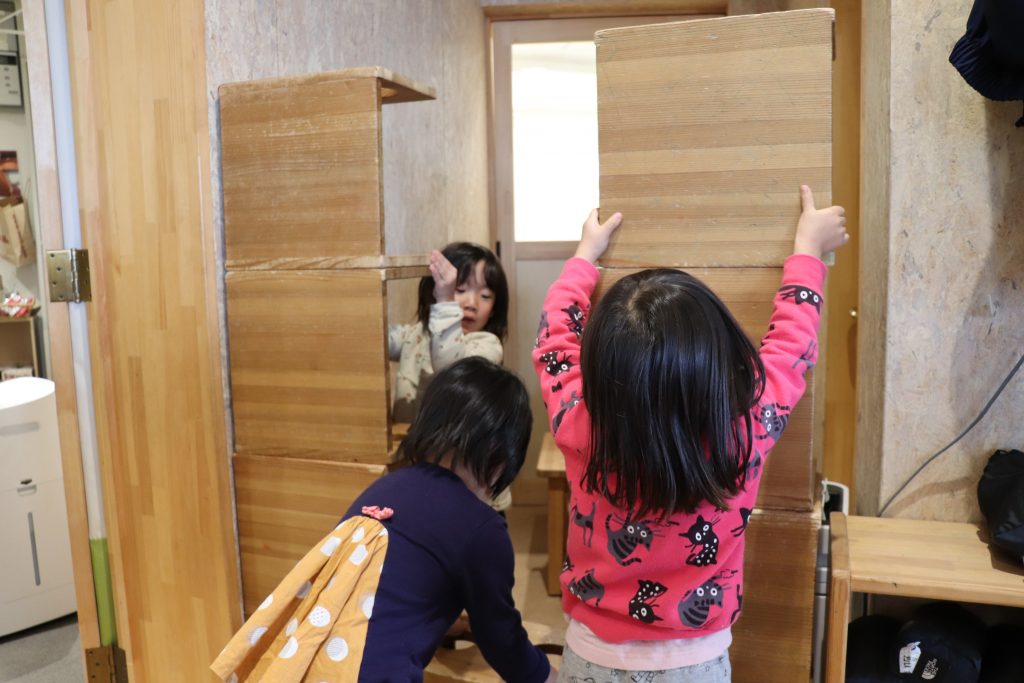
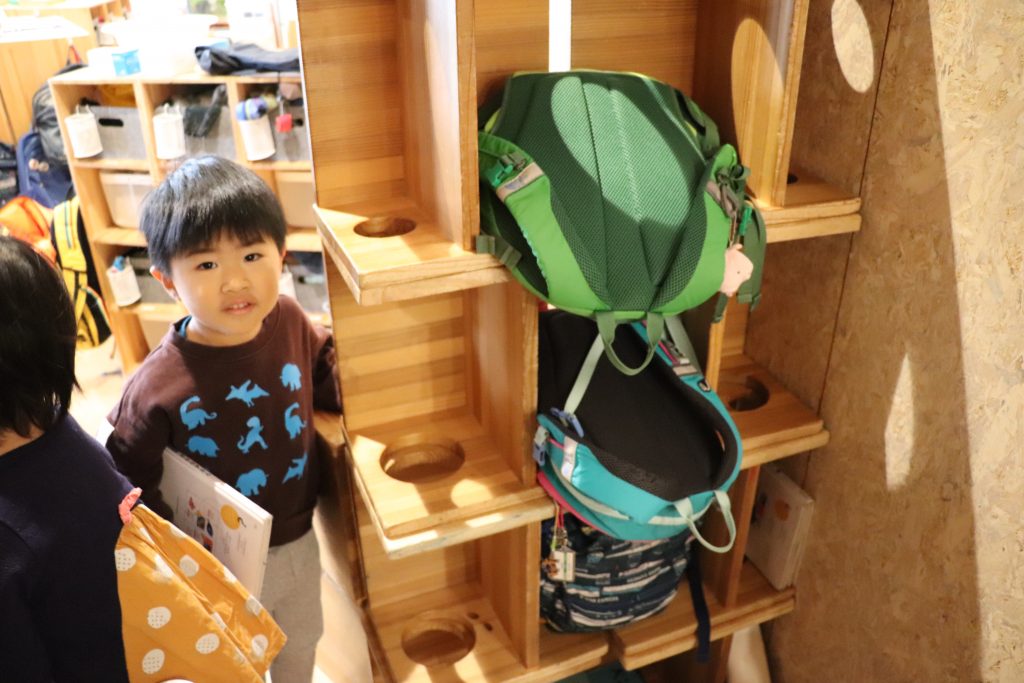
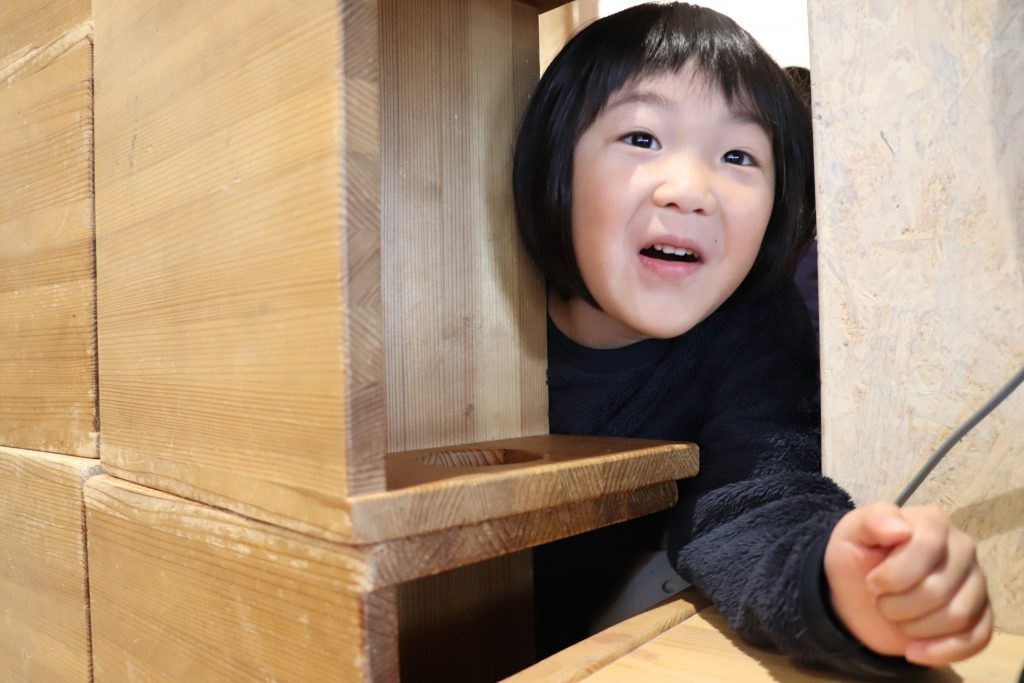
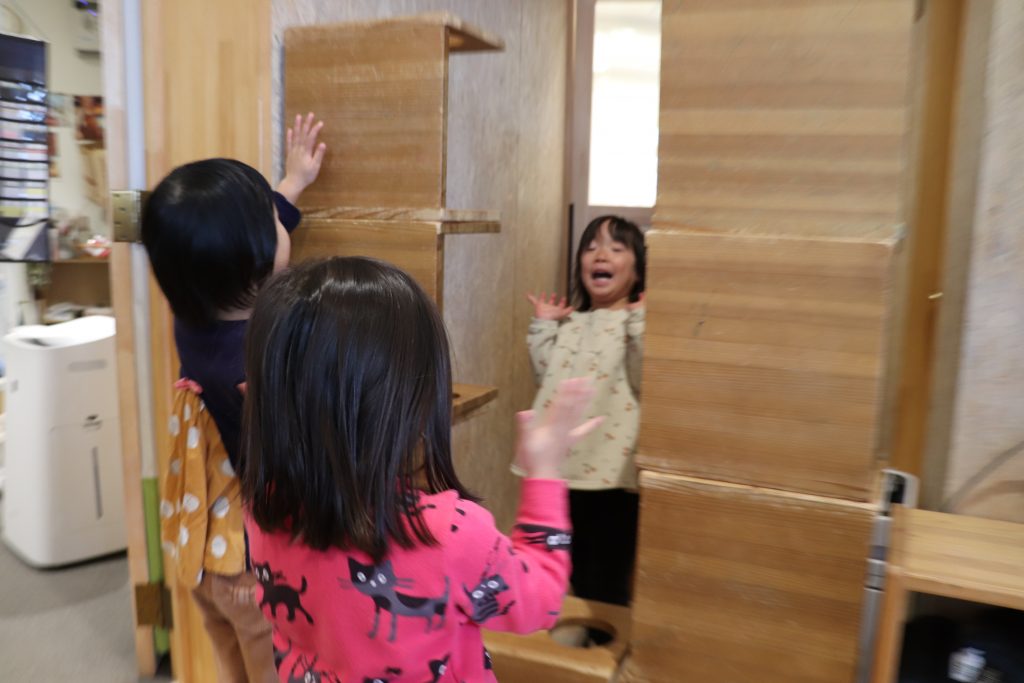
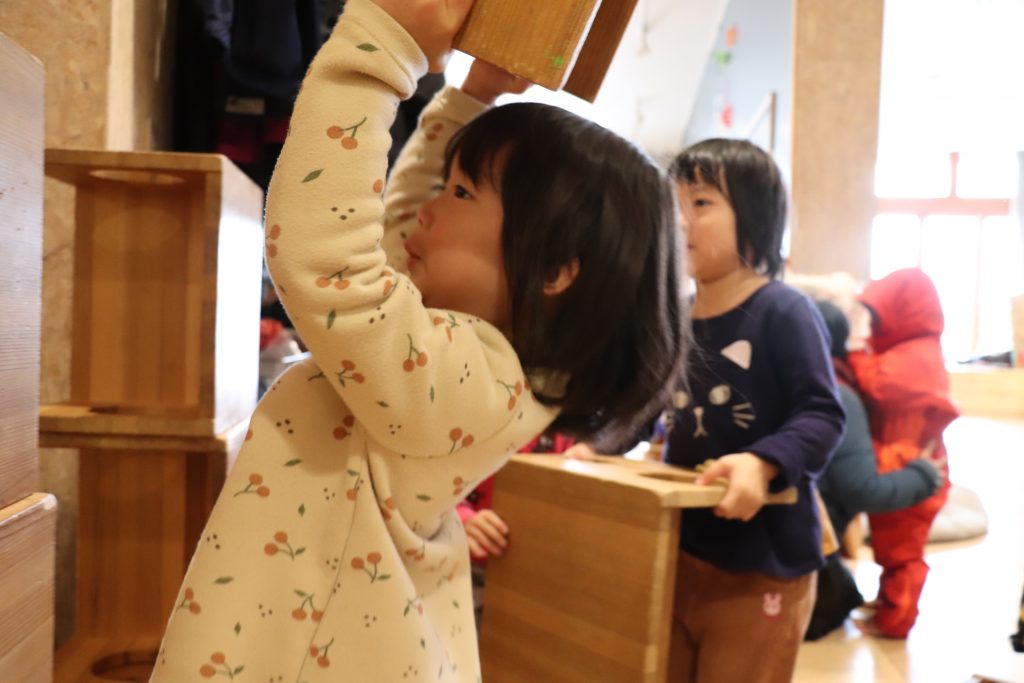
 PREV
PREV